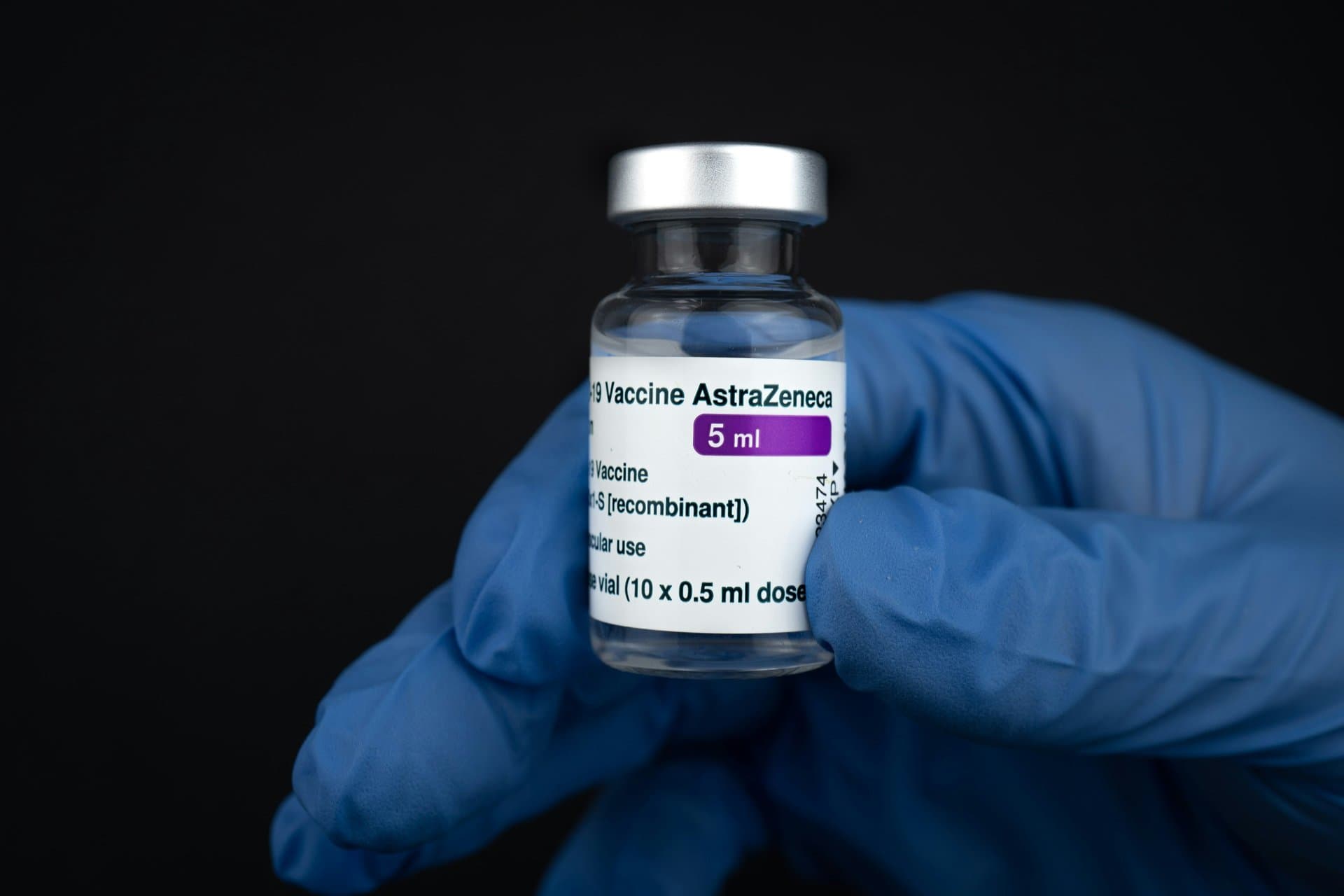AstraZeneca’s Direct-to-Patient Drug Price Cuts Shake Up US Market
Discover how AstraZeneca’s bold direct-to-patient price cuts, driven by Trump administration policies, are reshaping US drug affordability and challenging pharmaceutical pricing myths with fresh insights.

Key Takeaways
- AstraZeneca slashes direct-to-patient prices up to 70% in the US
- Trump administration’s policies push pharma toward transparent pricing
- Direct sales bypass costly middlemen like pharmacies and benefit managers
- Legal battles loom over federal drug price controls and negotiations
- Price cuts target uninsured and underinsured patients with prescriptions

Imagine paying 70% less for a vital diabetes drug without insurance hassles. That’s the new reality AstraZeneca is crafting for some U.S. patients, following a direct push from the Trump administration. This bold move to cut direct-to-patient drug prices is shaking up the pharmaceutical landscape, challenging long-held beliefs about drug costs and access.
AstraZeneca’s strategy lets patients buy medicines like Farxiga and Airsupra at prices comparable to Medicare and Medicaid rates, sidestepping pharmacies and insurance middlemen. It’s a fresh approach that could redefine how Americans get their prescriptions.
In this article, we’ll unpack the Trump administration’s pricing policies, AstraZeneca’s response, and what this means for patients and the industry. Let’s dive into the real story behind these headline-grabbing price cuts.
Understanding Direct-to-Patient Pricing
Picture this: instead of trekking to a pharmacy and wrestling with insurance paperwork, your medication arrives at your doorstep at a fraction of the usual cost. That’s the promise of direct-to-patient sales. AstraZeneca’s new program lets uninsured or underinsured Americans buy drugs like Farxiga for $182 starting October 1, slashing prices by up to 70% off the list price.
This approach cuts out the middlemen—pharmacies, insurers, and pharmacy benefit managers—who often inflate costs. It’s a bold move that challenges the myth that drug prices must be sky-high to cover complex distribution chains. By selling directly, AstraZeneca offers a clearer, more affordable path for patients.
However, the impact depends on who benefits. Not all patients qualify, and it’s unclear how many currently pay full price versus having insurance coverage. Still, this initiative addresses a real gap for those with prescriptions but limited access, signaling a fresh chapter in drug affordability.
Trump’s Pricing Policies Driving Change
In July 2025, President Trump turned up the heat on pharmaceutical giants, demanding they match or beat drug prices seen in other wealthy countries. His administration’s ‘most-favored-nation’ pricing rule insists that Medicaid prices in the U.S. can’t exceed the lowest prices abroad.
Trump’s message was clear: American consumers have been footing the bill for cheaper medicines overseas, a practice he called “global freeloading.” To fix this, the administration pushed for direct-to-consumer sales and threatened tariffs, including a 100% duty on prescription drugs.
This political pressure forced companies like AstraZeneca to rethink pricing strategies. The result? Direct-to-patient discounts and a push for more transparent, fair pricing. It’s a high-stakes game where government policy meets corporate strategy, reshaping how Americans pay for medicine.
Legal Battles Over Drug Price Controls
Behind the scenes, AstraZeneca isn’t just cutting prices—it’s also fighting back in court. The company challenged the constitutionality of Medicare’s drug price negotiation rules under the Inflation Reduction Act, arguing these policies impose government-set prices without fair negotiation.
This legal battle could redefine federal authority over drug pricing for years. If AstraZeneca wins, it might roll back some reforms aimed at lowering costs. If not, it could cement the government’s role in controlling prices more aggressively.
For patients, this means the future of affordable drugs hangs in the balance. The courtroom drama adds a layer of complexity to the unfolding story of drug pricing reform.
Impact on Patients and Industry
For patients, AstraZeneca’s direct-to-patient discounts offer a glimmer of hope. Those without insurance or with limited coverage can access vital drugs like Farxiga and Airsupra at prices previously unimaginable.
For the pharmaceutical industry, this move signals a shift toward more consumer-friendly pricing models. Other companies like Bristol Myers Squibb and Pfizer have launched similar programs, showing a trend toward direct engagement with patients.
Yet, these changes don’t erase all barriers. The discounts apply to select drugs and patient groups, and the long-term sustainability of direct sales remains to be seen. Still, it’s a step toward breaking down the complex web of pricing that has long frustrated American consumers.
Future Outlook for Drug Pricing
AstraZeneca’s $50 billion U.S. investment plan, including a massive new manufacturing facility in Virginia, reflects a broader strategy to boost domestic production amid tariff pressures. This could influence drug availability and pricing dynamics in the years ahead.
Meanwhile, ongoing regulatory scrutiny and executive orders suggest more manufacturers will follow AstraZeneca’s lead, expanding direct-to-patient offerings. However, legal uncertainties loom large, with Supreme Court decisions pending on key pricing frameworks.
The pharmaceutical landscape is at a crossroads. Patients may enjoy more affordable options soon, but the tug-of-war between government, industry, and courts will shape how deep and lasting these changes become.
Long Story Short
AstraZeneca’s direct-to-patient price cuts mark a significant shift in the U.S. drug pricing saga, fueled by government pressure and evolving policies. For uninsured and underinsured patients, this means more affordable access to essential medicines like Farxiga and Airsupra, delivered straight to their doorsteps. Yet, this isn’t the end of the story. Legal challenges over federal price controls and the Inflation Reduction Act’s negotiation framework are still unfolding, with AstraZeneca at the forefront. The outcome will shape how far these pricing reforms can go and who ultimately benefits. For patients and observers alike, the key takeaway is clear: the pharmaceutical industry is entering a new era of transparency and direct engagement. The relief of lower drug costs is tangible, but the road ahead will test how sustainable and widespread these changes become.